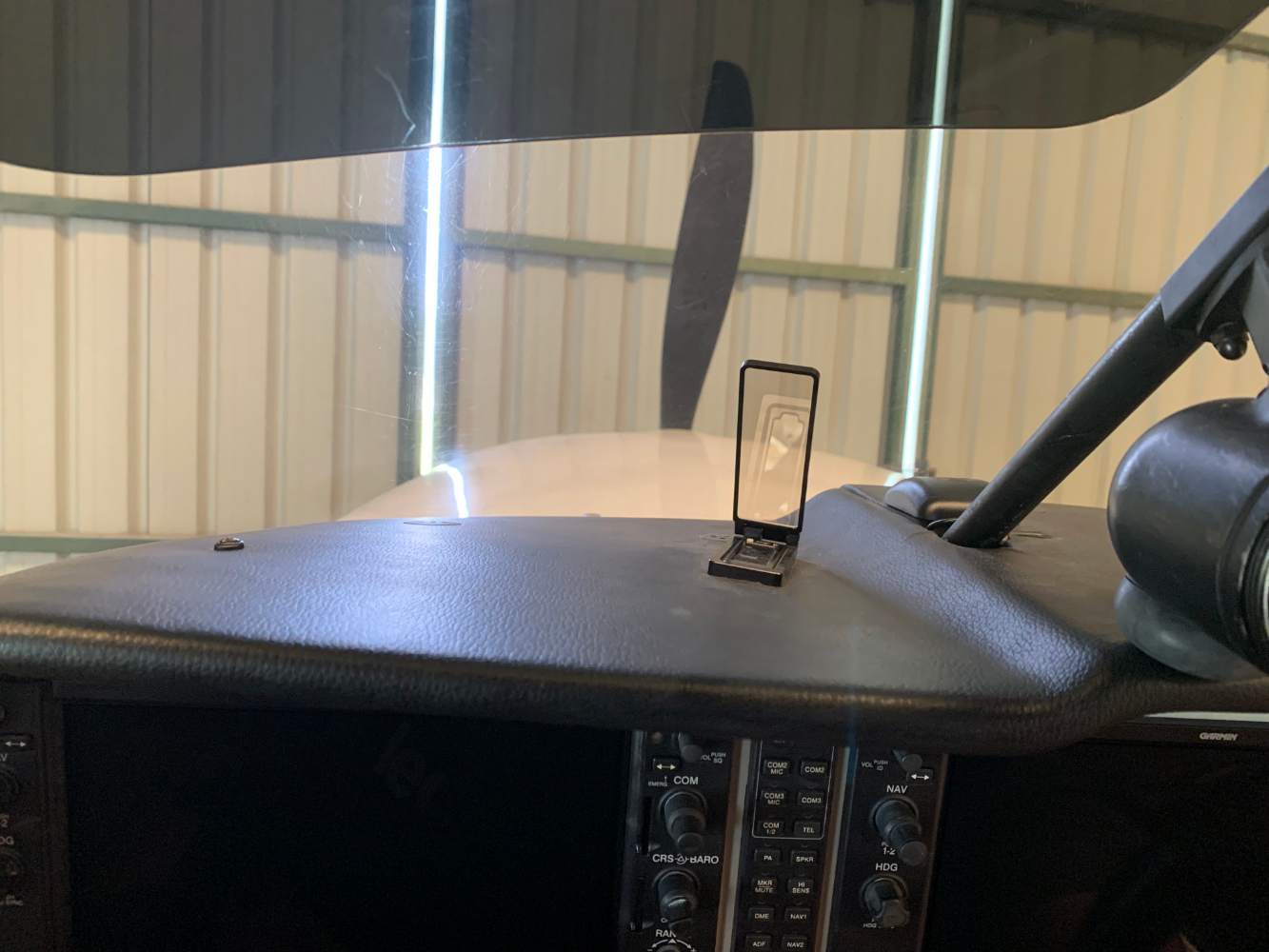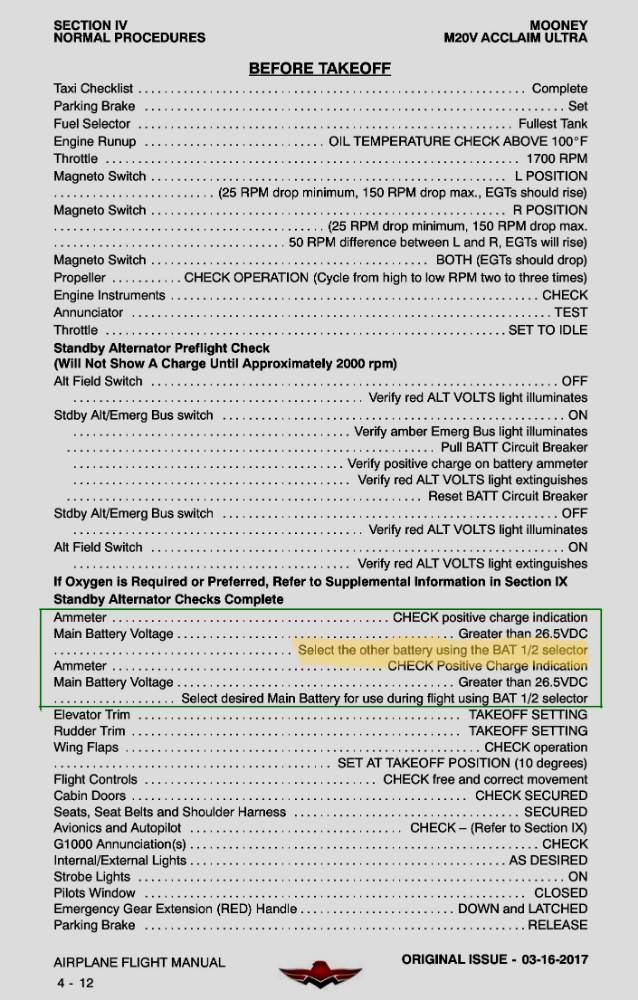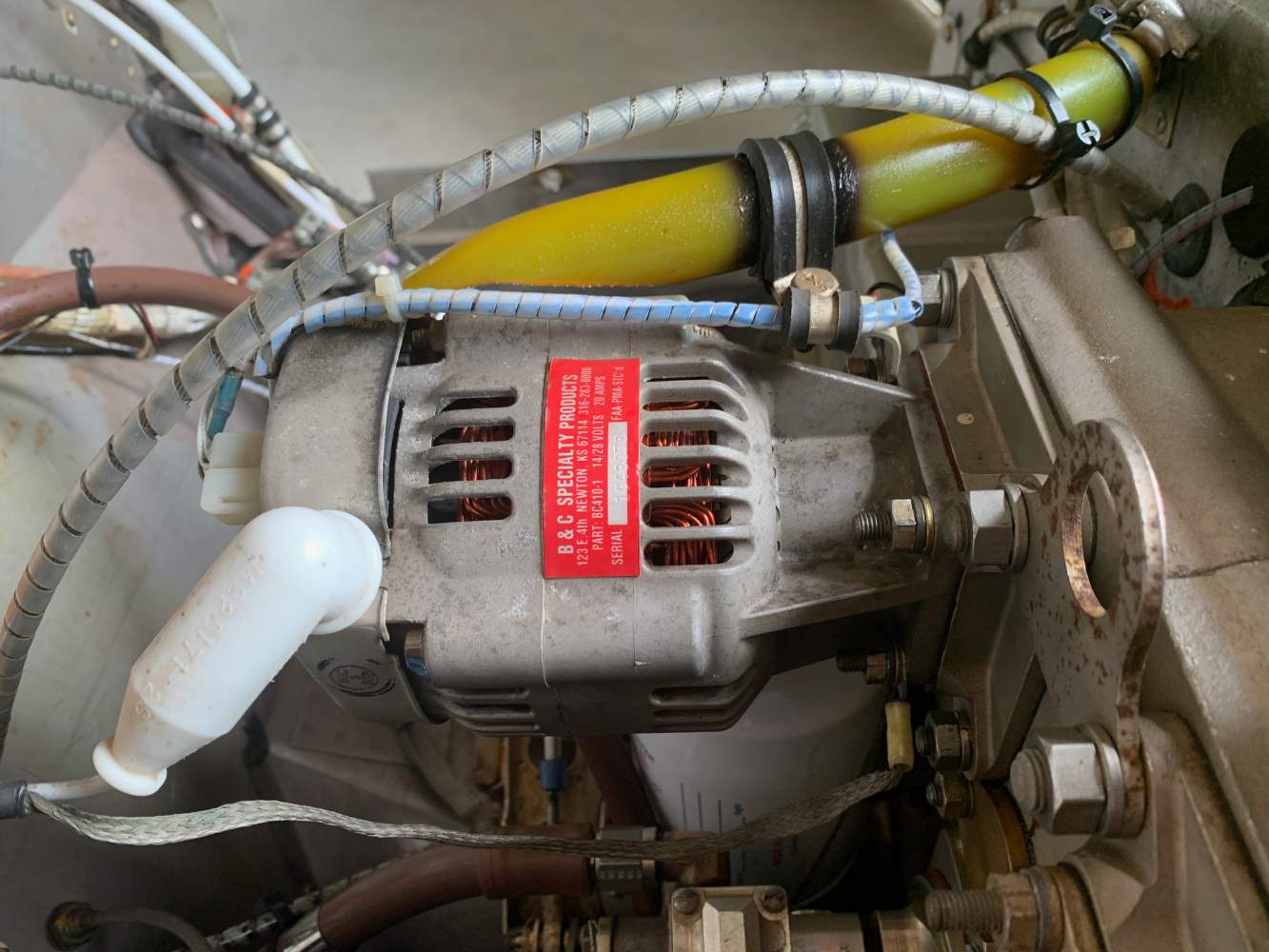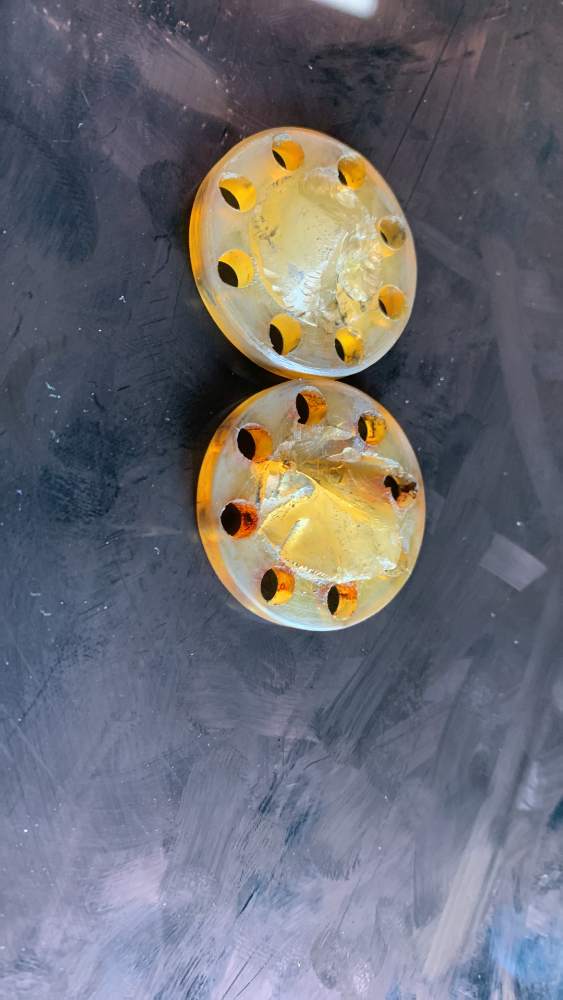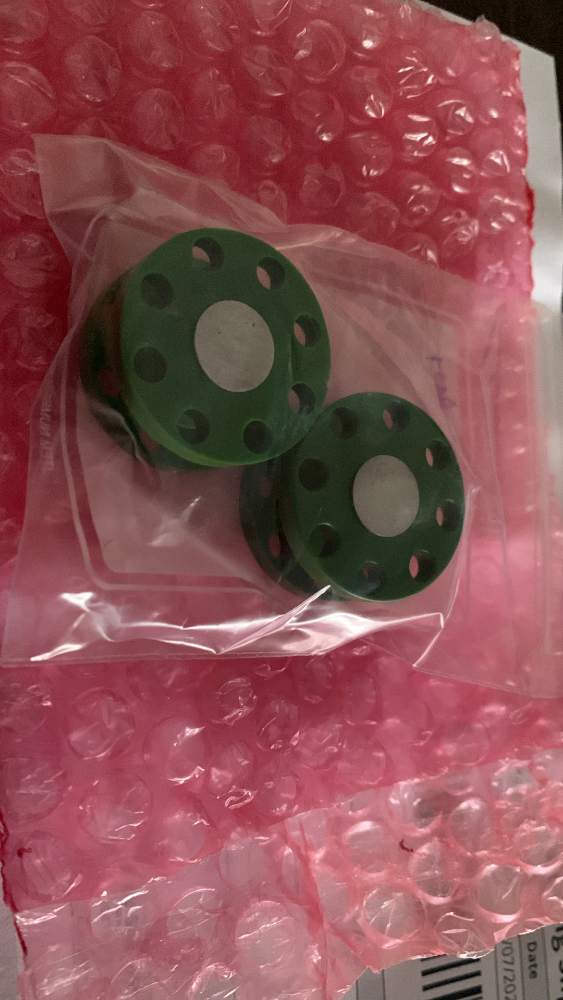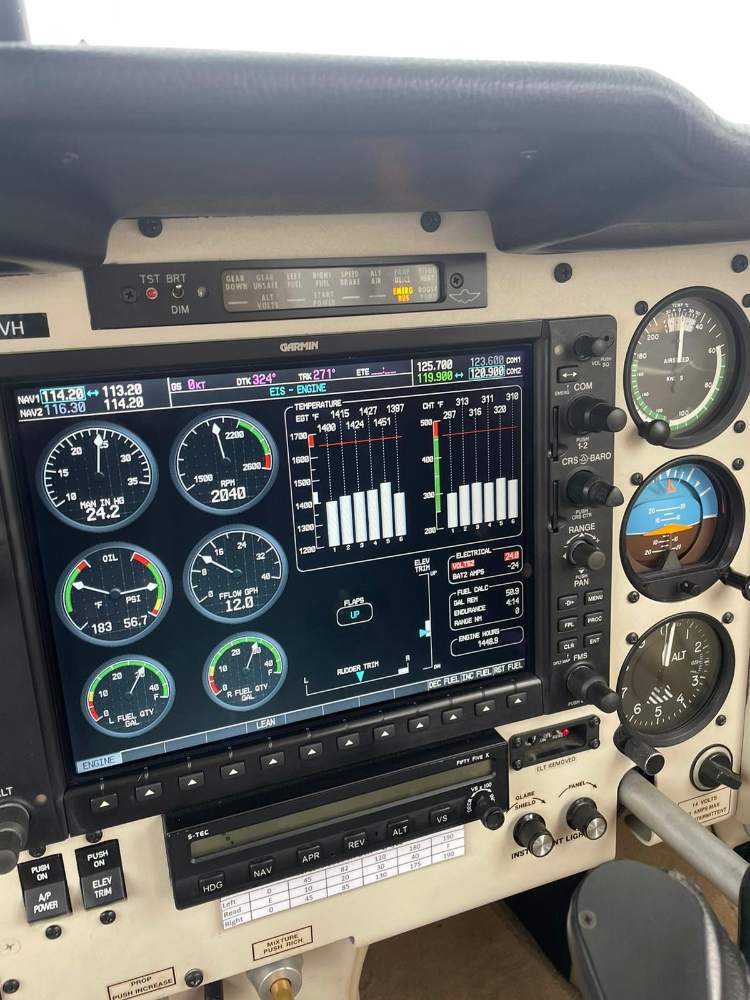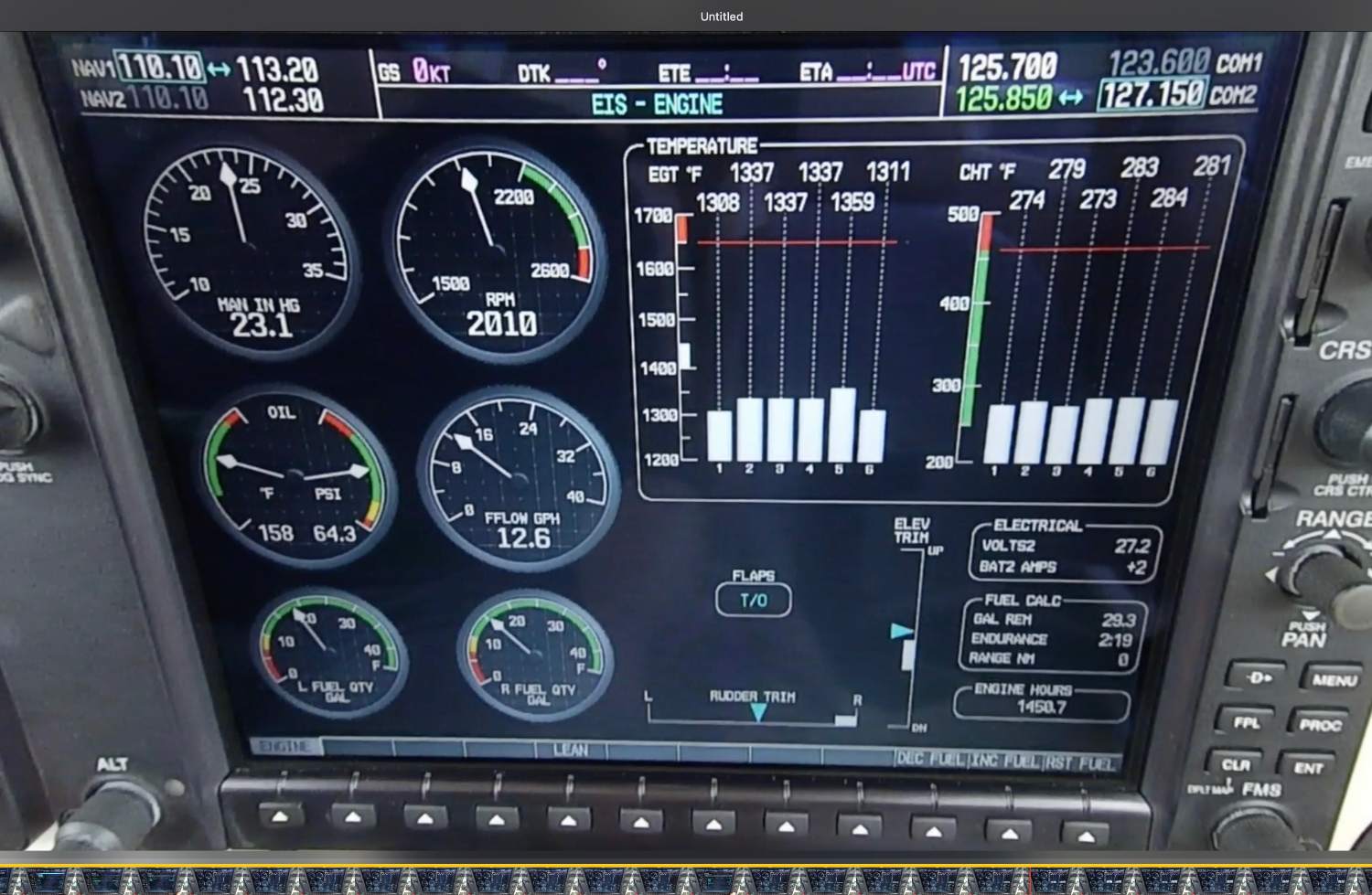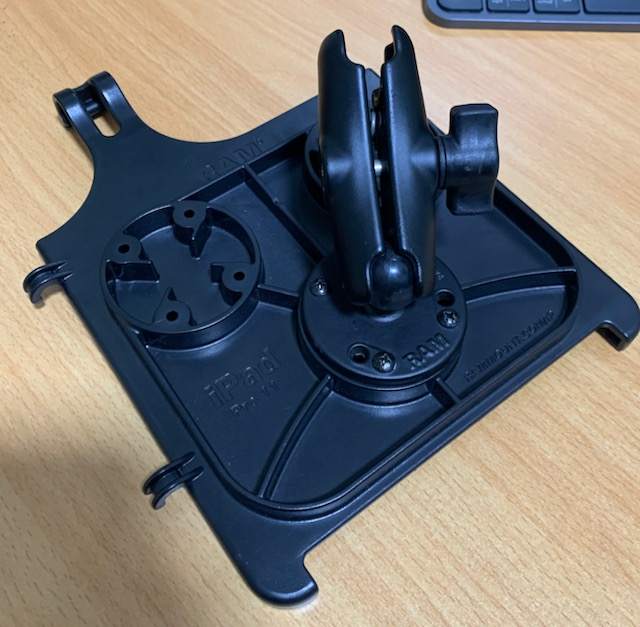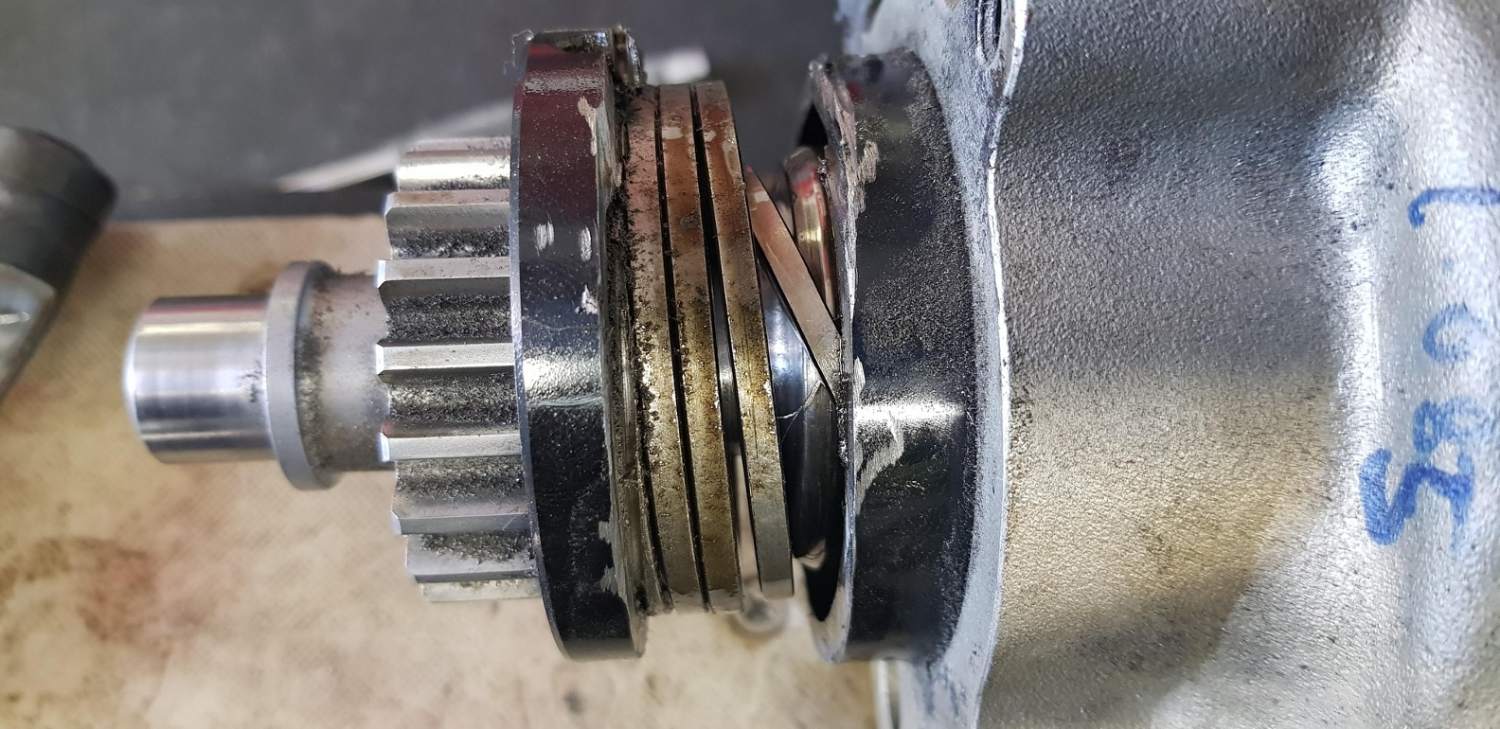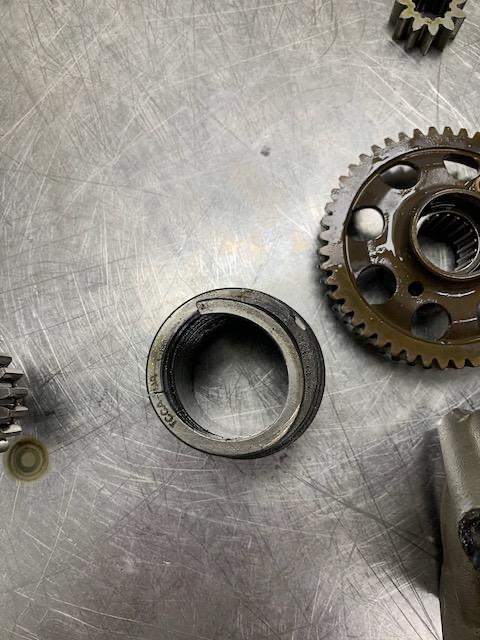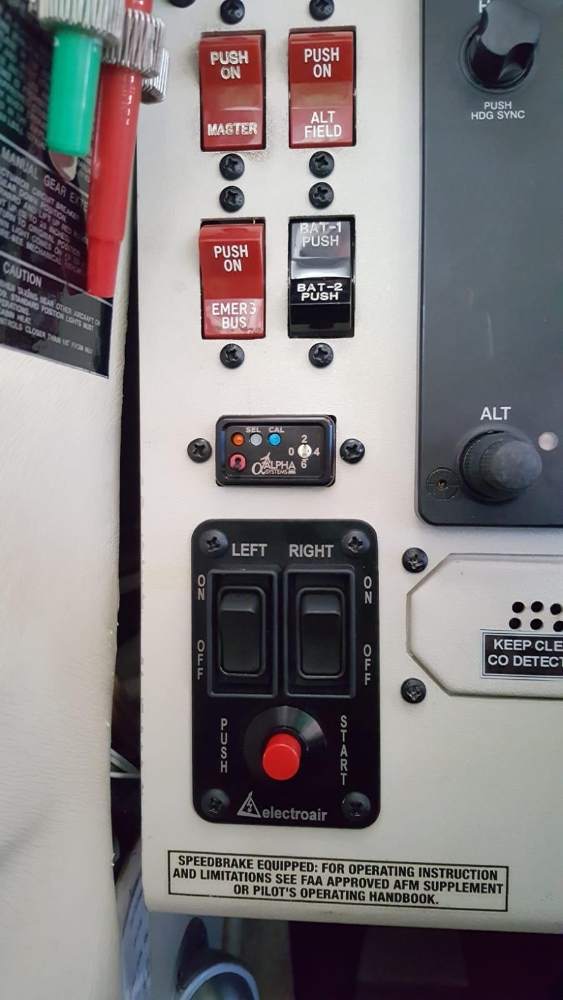
EarthboundMisfit
Supporter-
Posts
31 -
Joined
-
Last visited
Content Type
Profiles
Forums
Blogs
Gallery
Downloads
Media Demo
Events
Everything posted by EarthboundMisfit
-
Haven't seen it mentioned yet, so I'll take a different tack (fearful, theory-only types might like to look away). This approach will require thought and self-consideration (or mental rehearsal) on your part, but will give you confidence in your machine and its equipment. If you're trying to discover the actual figures for your aircraft, here's an exercise you could try. Take off with a low amount of fuel in one wing, but plenty in the other. In straight and level cruise, preferably with George the autopilot driving, set the fuel selector to the low fuel wing. Prepare your mind for the engine to stop. Remain calm. As your fuel quantity gauge reads zero, watch your EGT gauge: it reads zero as the fire goes out, and CHT's will trend downwards. Wait a minute, look at that windmilling propeller, observe how the plane still flies, savour the experience. Notice how the prop doesn't stop turning, and recall that air and spark are still present in the combustion chamber, and that you've only removed fuel from the equation. Calmly switch to the other (high fuel) tank. As fuel meets air and spark again, combustion resumes (confirmed by EGT numbers again) and you can feel safe and satisfied knowing that all conforming engines are required to behave this way. Return to land, and when you get back to your hangar, drain the remaining fuel from the "low" wing. That will be the amount of fuel (in that side) you cannot depart on. Repeat for the other side. Polite discussion welcomed.
-
-
Are you running ROP or LOP in those photos? For comparison our IO-550G in cruise (9000ft, approx 20 deg LOP) last week:
-
Electric elevator trim switch Failed
EarthboundMisfit replied to Alan Maurer's topic in Modern Mooney Discussion
Two years ago, the electric trim failed on our 2005 Ovation 2GX with STEC AP. The AP no longer turned the trim wheel (but we could move it manually), and the stepper/pitch motor would still move the control wheel forward and aft. Apparently AP computer was fried, so we had it replaced. The elec trim failed again on next flight as AP was engaged. Hmm... AP was fried again, and this time encouraged avionics folks to find root cause first. This is what they reported: Electric trim reported still inoperative following previous repair of flight computer. Removed computer for bench assessment/repair. Computer found unserviceable, investigate aircraft for source of damage. Nil defects apparent during initial testing, able to run electric trim in both directions without excessive current draw and no presence of shorts on interfacing wiring. Manipulate/disturb wiring harness in attempt to reveal intermittent short, nil defects apparent. Found fault internal to trim servo, fault intermittent, found drawing excessive current. So, the trim servo had zapped two AP computers. Had the servo removed and overhauled, and the AP computer repaired (including replacing the blown internal fuse!). The servo had to go back to STEC, so we became better practiced at manually trimming for the month it was gone. No issues since. Echo the couple of comments on jackscrews - they need to stay greased/lubed. -
Design specs of a laminar wing…. DarkAero series…
EarthboundMisfit replied to carusoam's topic in Videos
The fairer sex might also find it interesting. -
AOA Indication System Question
EarthboundMisfit replied to flysolow's topic in Avionics/Panel Discussion
We have an Alpha Systems AOA. 1. Never use it 2. Nope. 3. 4. Calibration. Control wheel/column position is an excellent AoA indicator. Yeager wasn't a fan of them either: -
Two different batteries installed in my plane??
EarthboundMisfit replied to M20TN_Driver's topic in Acclaim Owners
Curious what the concern is here? POH says to check positive charge for both BATs before takeoff, then choose the one you want to use for the flight: -
SBY ALT shear coupling - failure and replacement
EarthboundMisfit replied to EarthboundMisfit's topic in Acclaim Owners
This might be semantics. I agree the coupling is designed to break. However, when it breaks, that's the failure mode to me. Couplings DO fail.- 5 replies
-
- io-550-g(7)b
- ovation2gx
-
(and 1 more)
Tagged with:
-
Second failed shear coupling on Ovation2 GX 29-0363. First failure was at 950 TTIS, latest at 1450 TTIS. No charging of BATs when on EMERG BUS at 2000+ RPM: Confirmed with no visible rotation of SBY ALT when manually turning propeller (IO-550-G(7)B with B&C Specialty Products standby alternator): This is what a failed shear coupling looks like: And the new (style of) coupling which seems beefier than the old one: Correct operation (+ve AMPS/charge) on EMERG BUS:
- 5 replies
-
- 2
-

-
- io-550-g(7)b
- ovation2gx
-
(and 1 more)
Tagged with:
-
Is that a recent written statement by Lycoming? Here’s the APS rebuttal to Lycoming on LOP ops from many moons ago - https://www.advancedpilot.com/articles.php?action=article&articleid=1838
-
We don’t have WAAS, but had this same issue on our 2005 Ovation 2GX with G1000/Stec55X when it was new to us 5 years ago. GPSS would not engage after 2 presses of the NAV button. Would get the GPSS Fail annunciation. NAV mode (1 press of NAV button) worked normally with CDI guidance from GNSS or VOR. From memory, I think the issue was resolved after we did a continuity test on all the pins in the connector at the back of the AP. I recall our avionics guy removing and reseating all the pins during his troubleshooting process. GPSS magically began working again. Later down the road we had to replace the AP main board (twice) when a servo died, but GPSS has worked ever since. All lateral and vertical modes work as expected, including coupled ILS, VOR, and 2D GNSS.
-
I second the recommendation on doing the APS course, especially the classroom course (they have an online version too). Busch fly's a turbo'd twin Cessna, but WOT operation is recommended for N/A and forced induction as it's the most efficient throttle setting. It applies regardless of rated horsepower. An engine that breathes well (look up GAMI spread) is usually a good candidate. Lots of great articles on engine management by John Deakin here - https://www.avweb.com/topics/features/avweb-classics/pelicans-perch/ Martin Pauly does a good explainer on ROP and LOP - I'm not near you, but would volunteer some time to discuss it if I was.
-
I use this base on the control wheels (and roll cage above the compass) - https://rammount.com/products/ram-b-408-75-1u Then a short double-socket b-size arm connected to the holder: Easy to adjust and remove. Works a treat.
-
On our 2005 Ovation, I mount my iPad Air4 (https://support.apple.com/kb/SP828?locale=en_US) with this RAM holder: https://rammount.com/products/ram-hol-ap23u I have to mount the holder upside-down, but the iPad fits perfectly inside the yoke, and all the buttons are accessible.
-
Powering avionics on the ground
EarthboundMisfit replied to NotarPilot's topic in Avionics/Panel Discussion
We use a StartPac mini on our airplane - https://www.aircraftspruce.com/pages/el/chargersbattery_portable/startpacpowersup.php -
According to APS, yes. If full 280 HP = ROP 33 (-ish) inches MP 2500RPM, then each inch MP is approx 3% power change.
-
Yes, sure did. The APS course has been one of my favourites. Your CR point prompted me to pull out the course manual - the Turbo calc assumes 7.5:1CR, NA assumes 8.5:1CR. And there is a calc for ROP too.
-
GS armed but not captured on ILS approach
EarthboundMisfit replied to Yariv's topic in Modern Mooney Discussion
Maybe mount a camera to grab video footage of the PFD on the next ILS approach? Was the AP set to APR mode prior to intercepting the glideslope? -
Advanced Pilot Seminars teach the following formula to calculate HP when LOP: Turbo'd: 13.75 x Fuel Flow = HP NA: 15 x Fuel Flow = HP So, use HP/Rated Max HP to get a percentage. Eg, Turbo @ 10USG/hr = 137.5 HP. %= 137.5 / 280 = 49% power. I'm not sure about the calc for ROP.
-
Starter Adapter starting to slip - FIXED!
EarthboundMisfit replied to LANCECASPER's topic in Acclaim Owners
Here is our tale. July 2018 – First replacement - A slipping propeller during start On our 2005 M20R Ovation 2GX, the first starter adapter failure was in July 2018. We noticed the prop slipping during starting/cranking. We elected to replace the starter adapter and swapped out the Iskra starter motor for an Energizer unit. August 2018 – Second replacement - Infant mortality After just 5 starts (I am not kidding), the overhauled starter adapter failed, requiring another overhaul. This is what infant mortality in a starter adapter looks like: Root cause was a mystery. It was suggested that this was caused by a kickback event, so we also completed checks per the TCM service bulletin on the topic (SB 16-6 "Engine Damage Due to Kickback"). We never observed a kickback/reverse rotation event. The new starter adapter was installed, and the first few starts we deliberately recorded on video. We remain sceptical that "kickback" was the probable cause, as suggested by the overhaul shop. Chalked the experience up to "learning". September 2020 – Third failure - Another slipping starter adapter Noticed slipping again, and immediately removed the adapter for inspection. This is what our starter adapter spring looked like: The non-attached end was bent, and three coil winding's were out of shape. The spring had not unwound/released at some point. The shaft was in good condition (within tolerance) and was re-used. Kickback was (again) suggested as a cause, but we never saw the prop reverse rotation or stop suddenly during start/cranking (when the starter would be engaged). We couldn’t rule out a kickback event as the cause, but we're confident we'd know one if we saw it (had a kick-start motorbike do that to me once...). Given two previous replacements, we were paranoid about correct starting procedure. We started wondering about the ignition system and inspected all components between the ignition key starter switch and the starter motor. Was the starter disengaging correctly? October 2020 – New starter adapter, change to push button start The repaired starter adapter was installed. On the electrical side, we also took the opportunity to replace the rotary starter switch and the starter relay with this: We have had no issues since. -
These guys were at Oshkosh this year, and their engine is still being developed - https://turb.aero/ Some videos on YouTube of their engine too.
-
Looking hard at the Ovations..
EarthboundMisfit replied to TWinter's topic in Modern Mooney Discussion
Agree. TCAS and Stormscope also invaluable on our Ovation 2GX.

